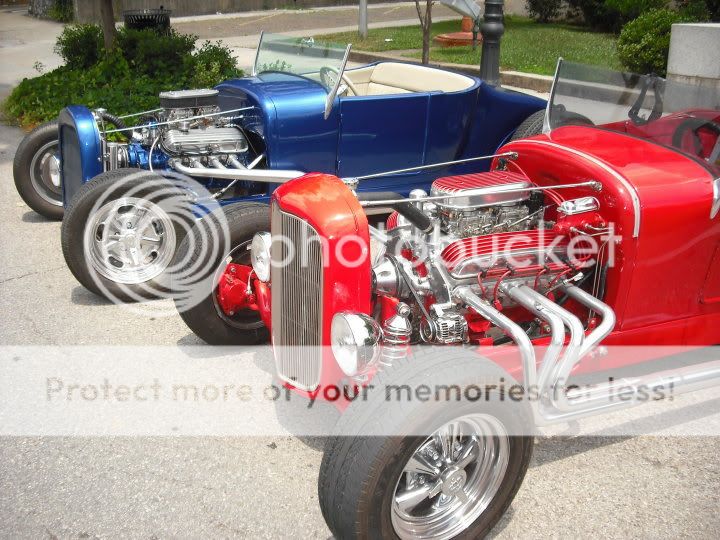If it were a perfect world, your engine would have 0% leakdown. But this old world isn't perfect, which means you are going to have compression bypass the rings and pressurize the crankcase.
You can leave a breather out of the equation, which means crankcase pressure will find some other means to vent itself. It may test the integrity of your timing cover seal, your rear main seal, or perhaps the fit between your dipstick and dipstick tube. The pressure has to go somewhere. And any pressure that got past the rings on a compression stroke will get back past the rings on an intake stroke, contaminating your intake charge. And do you really want to pull the distributor or a valve cover, just to add a quart of oil when the motor needs it? :jawdrop:
We run external vacuum pumps on the drag motors and an additional dry sump pump stage on the oval track motors, just to pull a vacuum in the pan when we're using low tension rings. It helps keep the top rings stable, so they will seal. But it also helps keep the oil ring from being flooded with oil. So much so that we would have to crank up pump pressures a bit to adequately oil the wrist pins. After running a motor with vacuum in the crankcase, you could pull the heads and the piston domes and chambers would look s-w-e-e-t.
The reason your valve covers have no breather holes is down to the early model motors having breather caps on the old-style front fill tube and road draft tubes. Your 305 with an intake built in the last 30+ years will have no provisions for either. Put a PCV valve in one cover and a breather in another and you should have a pretty clean installations. The vacuum signal on the PCV valve will pull air into the breather on the opposite side and you won't have to worry about oily breathers.






